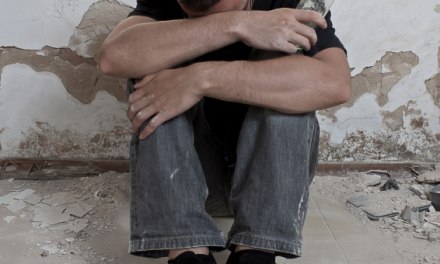A few months back I sat in on an intensive outpatient group where a patient confessed to having smoked dope over the weekend. Standard stuff, but suddenly she turned to the group and challenged them: “Oh, like you people aren’t drinkin’ and gettin’ stoned your own selves.” Nobody bothered to deny it. Some secret smiles, that was about it.
I thought: “The whole group is using?” They were supposed to be getting better.
That reminded me of another group, in a different clinic and state, where one evening the ‘most positive’ client– the one who seemed to be getting the most out of counseling– admitted that he’d actually been drinking all along. Not just this trip, either, but also during the two other IOP treatments that preceded it.
No wonder he’d been arrested again after each. By the way, inspired by his honesty, other group members confessed they’d been drinking, too.
We like to condemn addiction treatment for its failures, but if the above is the rule, then how big a surprise can it be when someone crashes and burns after discharge? Addicts and alcoholics have never had much success re-establishing control over drinking or drug use. I mean, if they could do that, would they be in treatment at all?
I’m a fan of the ASAM placement criteria, in part because it reversed a trend of making the addict jump through hoops to access inpatient care. But just last week I encountered a story about an insurance reviewer refusing to authorize residential treatment unless and until the patient had demonstrated failure in outpatient care, during the preceding 90 days.
Apparently if the treatment was 4 months old, they’d make him repeat it.
This sort of nonsense is all too common in our field. The experience of addicts and alcoholics, particularly at the lower end of the socioeconomic scale, makes it clear that we could use more inpatient resources, not fewer.
So why aren’t we building them?













Thanks, Annette. I suspect you succeeded because you were persistent. We should probably put together a system of advocates to help others who are in the same straits — clearly beyond the reach of conventional outpatient and yet not able to access inpatient when they need it.
because clients are abusing the system
I went to inpatient treatment out of jail for DWI. While I was in Tx my insurance informed me that they would only pay for five days. I knew I was where I needed to be, and fortunately was able to access resources to stay. When I got out I worked with my state’s Division of Banking and Insurance to appeal my insurance company’s decision. The insurance company argued on two fronts: no indication of medical necessity, and I hadn’t “failed out” of outpatient yet. (I had “failed” out of medically assisted detox, spiritual counseling, court-ordered therapy for a DUI, and AA, but that didn’t count). My advocate pulled together an out-of-state panel to attest to my need before an independent review board, citing my long-term use, abuse, and eventual dependence upon alcohol, failures by other means AND the fact that I’d been driving drunk for decades and only just gotten my 2nd DUI before going into treatment. He cited a peer-reviewed article (that I was still too green to remember) that said something about chronic drunk drivers only succeeding with inpatient treatment. I don’t know what finally tipped the scale in my favor, but the independent review board ruled in my favor, and insurance was required to pay for my 28-day inpatient stay. I am dismayed that 10 years later, insurance companies are still playing these same tricks to keep people out of the necessary safe environment needed to “get recovery”.